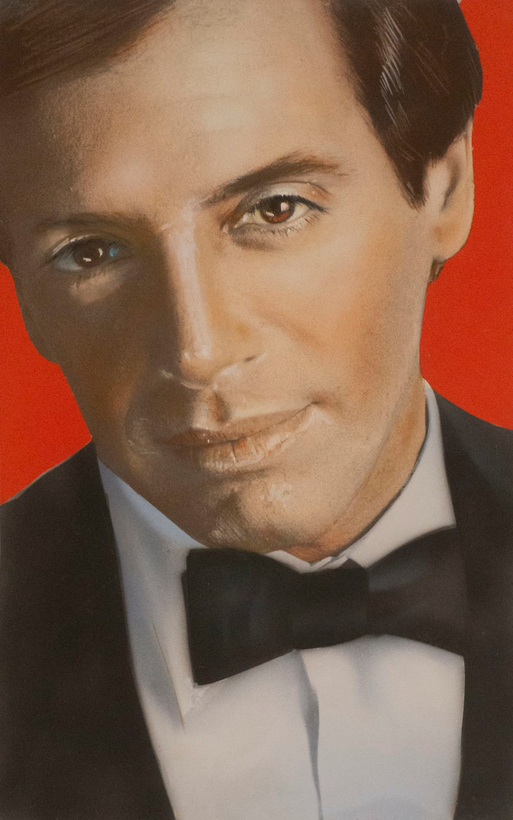Once upon a vanished time, in those boogie nights of yore when cocaine was queen, the nightlife of New York City shuddered under the heavy beat of an estimated 1,500 discos bursting with sweaty, protozoic dancing and mating. Pre-eminent among those clubs—supreme in its heyday, wreathed in lore and legend ever since—was Studio 54. “Studio,” as habitués called it, has become synonymous with the disco era, its parabolic rise and fall.
Opening in 1977, Studio 54, the brainchild of Ian Schrager and Steve Rubell, immediately established itself as the Circus Maximus of disco extravagance, the galactic mother ship. “When you walk into the lobby,” wrote pop-music maven Albert Goldman in Disco (1978), “you’re overwhelmed by a Brucknerian symphony of high camp. Towering mirrored burgundy red walls, banana-leaf carpeting, sixteen-foot fig trees.” Once in the main hall, you found yourself agog and agape inside a hangar-size industrial cathedral of light and sound, immersed in a “supersonic vapor bath.”

To complete Studio’s splendiferous theatricality, this pleasure machine required a dazzling ensemble cast. Lo and behold the array of famous faces (Halston, Calvin Klein, Liza Minnelli, Mick Jagger, Rudolf Nureyev, John Travolta, Jacqueline Onassis, Andy Warhol, and, yes, Donald Trump), gorgeous nobodies, bare-chested waiters shaking their booties, and feature-page phenomena such as “Disco Sally,” a 77-year-old widow in Lina Wertmüller glasses who became the club’s unofficial mascot. To some observers, the inchoate spectacle of all these gyrating, snorted-out, writhing party monsters was a postcard from Sodom and Gomorrah. Tut-tut, nothing of the kind, Studio regular Truman Capote insisted to interviewer David Susskind. “It’s one of the most innocent, beguiling places I’ve ever seen.” Democratic, too. All races, all sexual tastes, rich and poor alike getting together and having fun—what’s wrong with that?
Studio 54 has become synonymous with the disco era, its parabolic rise and fall.
The fun didn’t last. Fun never does. The disco craze seemed to crash overnight as “Disco sucks!” became the war cry of the land. Under siege from authorities investigating ties to organized crime, Studio closed in 1980 after Schrager and Rubell pleaded guilty to tax evasion and were sent to prison. The club would reopen, but it wasn’t the same, and the original Studio has acquired the mystique of a lost Xanadu.
Its fabulous heyday has been dramatized on-screen in Whit Stillman’s The Last Days of Disco and Mark Christopher’s 54, celebrated inside the glossy pages of coffee-table books (Ian Schrager’s Studio 54, foreword by Bob Colacello), eulogized in eyewitness chronicles such as Anthony Haden-Guest’s The Last Party: Studio 54, Disco, and the Culture of the Night, and analyzed in Matt Tyrnauer’s 2018 documentary film, Studio 54. Now, the ultimate enshrinement, an epochal exhibition at the Brooklyn Museum titled “Studio 54: Night Magic” and devoted to “the radiant history, social politics, and trailblazing aesthetics of the most iconic nightclub of all time.” Le freak, forever chic! —James Wolcott
*As a precautionary measure against the coronavirus, the Brooklyn Museum is closed until further notice. Please feel free to track its status here

